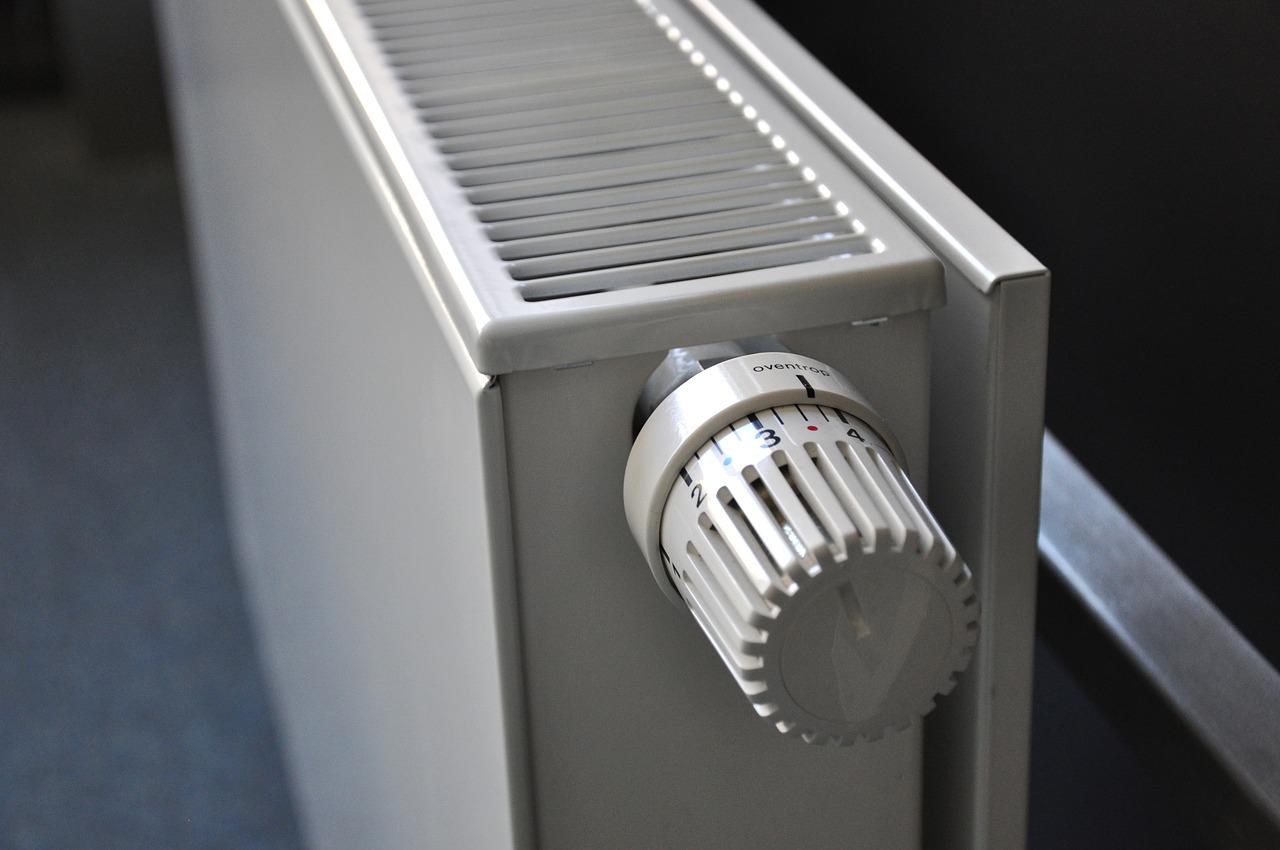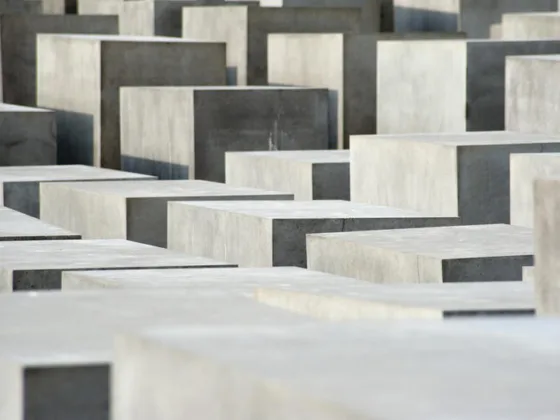The HVAC system is one of the most important installations in any building. It helps maintain indoor comfort all year long by regulating indoor temperature.
The heating component kicks in during the cold winter season, while the cooling component comes active during the heated summer months.

Taking the importance of the HVAC system into account, it makes sense for consumers to know the different options they can choose from. Accurate Heating & Air Conditioning has taken the time to describe all the different types of AC and heating systems available.
Please note that this classification will be using two main categories based on the duct type.
- Ducted AC and heating systems
- Ductless AC and heating systems
In a ducted AC and heating system, there is a main unit that pushes warm or cool air throughout the building. On the other hand, the ductless system uses alternative methods to distribute warm or cool air throughout the building.
Ducted AC and Heating Systems
Buildings with vents are likely to be fitted with a ducted AC and heating system. They often have one central unit that does the main job as described. Ducted systems are the most common options for residential and commercial buildings.
The Different Types of Ducted AC and Heating Systems Include
Split System
This is the most common option used in residential buildings. It often has two separate components for heating and cooling. It also has a thermostat used to control temperature.
The heating component is often gas-powered for most residential buildings and is located in the utility closet, basement, or indoor storage space. The cooling component may be located outside and connected to the indoor space through the building’s ductwork.
Read Also:
Hybrid Split System
The hybrid split system is similar to the split system. However, the heating unit does not rely only on gas. The heating system can use both electricity and gas to produce heat during the cold season.
It is important to note that electric heating is often slower in attaining the desired temperature compared to gas. The cost of powering your heater with electricity may also be higher than using gas.
Packaged Heating and Cooling
Packaged Heating and cooling are perfect for smaller buildings. They aren’t as common as the split systems but are perfect for space conservation. The heating and cooling components are fitted in a single unit and can be stored in the attic space, roof, or near the foundation.
The heating and cooling system connects to the building’s ductwork to supply warm or cool air as demanded.
Zoned System
Zoned systems allow building owners greater control of their heating and cooling needs. This type of installation may include multiple HVAC systems installed in different areas of the property.
Each heating or cooling unit has its controls, allowing residents in specific zones to control their temperature without affecting the general temperature.
Ductless HVAC Systems
As noted earlier, ductless HVAC systems do not use air ducts to perform their heating and cooling functions. The common types include;
Duct-Free Mini-Split
This type of HVAC system is installed in individual rooms and allows each room to control its heating or cooling needs. It is common in offices, hotel rooms, and multi-family homes.
The system includes an outdoor unit carrying the compressor, refrigerant, and condenser and an indoor unit carrying the thermostat, heat pump, power cable, etc. The outdoor and indoor units are connected by a copper tubing that carries and transfers the refrigerant.
This type of HVAC system is expensive to install but energy-efficient and offers temperature flexibility.
Hydronic Heating
Hydronic heating leverages liquid, unlike the other systems described above. This heating system uses a boiler to raise the water temperature, then distributes the heat across the property.
The heating process starts once the liquid reaches the radiator or baseboard heater.
Portable Spot Cooler
These are portable AC systems designed to cool large rooms, outdoor spaces, and manufacturing facilities. Their function is similar to the usual AC unit. They draw ambient air from the environment, extract the heat, cool it with the refrigerant, and pump it back into space.
The heat extract is condensed and removed from the system through the drain panel. It is important to get a collecting bucket to hold the condensation. The unit usually comes with a measured pipe (which can be extended) to drain the condensate.
Portable Heat Pump
The portable heat pump is similar in size and operation to the portable spot cooler. However, instead of cooling, it warms. The system draws cool air from the environment and heats it up within its system before pumping it out.
It usually has a reversing valve that allows users to switch between cooling and heating functions.










